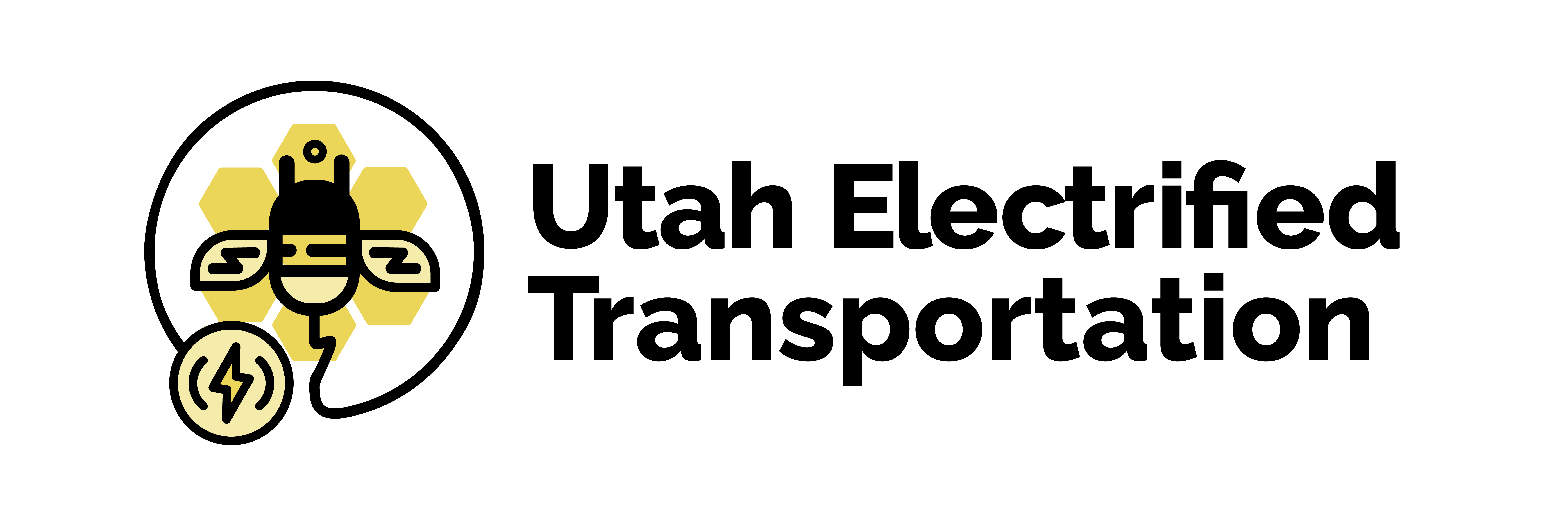Building on Utah’s legacy of working together, this planning effort recognizes the following areas where gaps may exist that are in the process of being identified and properly addressed.
Electrification WORKFORCE DEVELOPMENT:
Including analysis of the capacity and types of education, vocations, trades, and certifications necessary in each relevant sector to develop the local workforce needed to accomplish the vision, and any other sectors that the steering committee determines is substantially necessary to fulfilling the stated mission.
INTEGRATED CHARGING SYSTEMS:
Technology and solutions, including charging stations and shared use of infrastructure across modes of transportation and vehicle classes.
ENERGY INFRASTRUCTURE:
Electrical power generation, distribution, and utility-scale energy storage infrastructure and capacity, including reliability, cost, and availability standards.
SMART MOBILITY SYSTEMS:
Interconnected smart charging infrastructure, intelligent transportation systems, control systems, and communications systems to facilitate the transition to electrified transportation.
PRIVATE & PUBLIC TRANSPORTATION:
Including passenger and freight vehicles, trucks, and trains.
AIR TRANSPORTATION:
Including private commercial aircraft and unmanned aircraft systems.
CONSUMER AWARENESS MATERIALS:
Needed to address Utahns’ concerns with electric vehicles and electrified transportation.
OFF-ROAD:
Vehicles that operate off-highway, including construction, mining, and agriculture.
